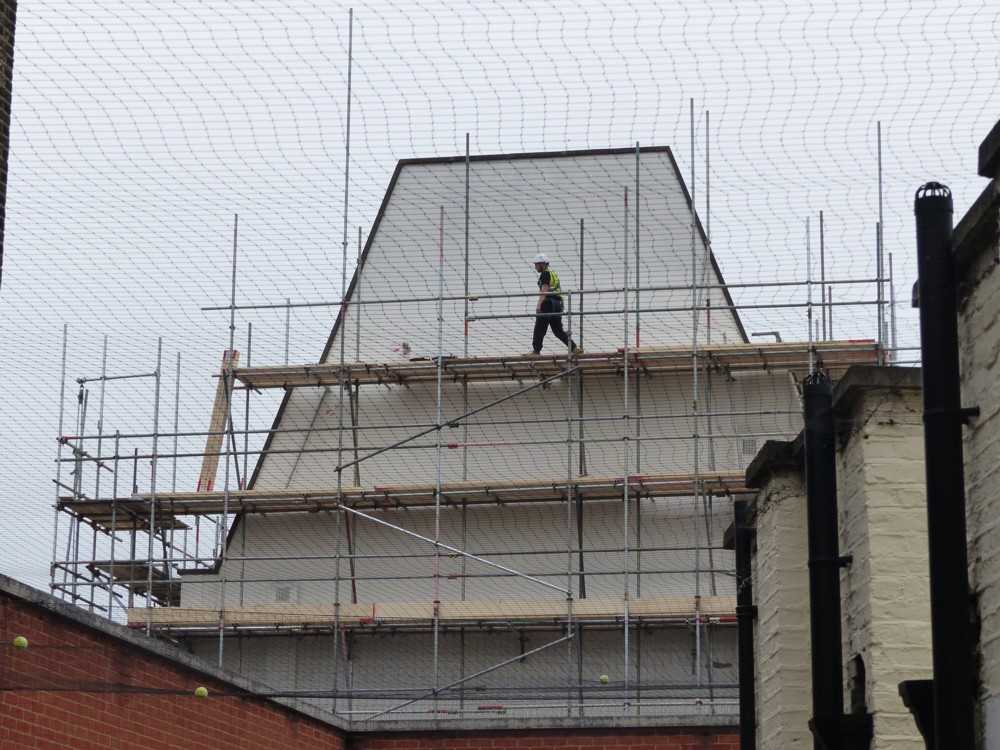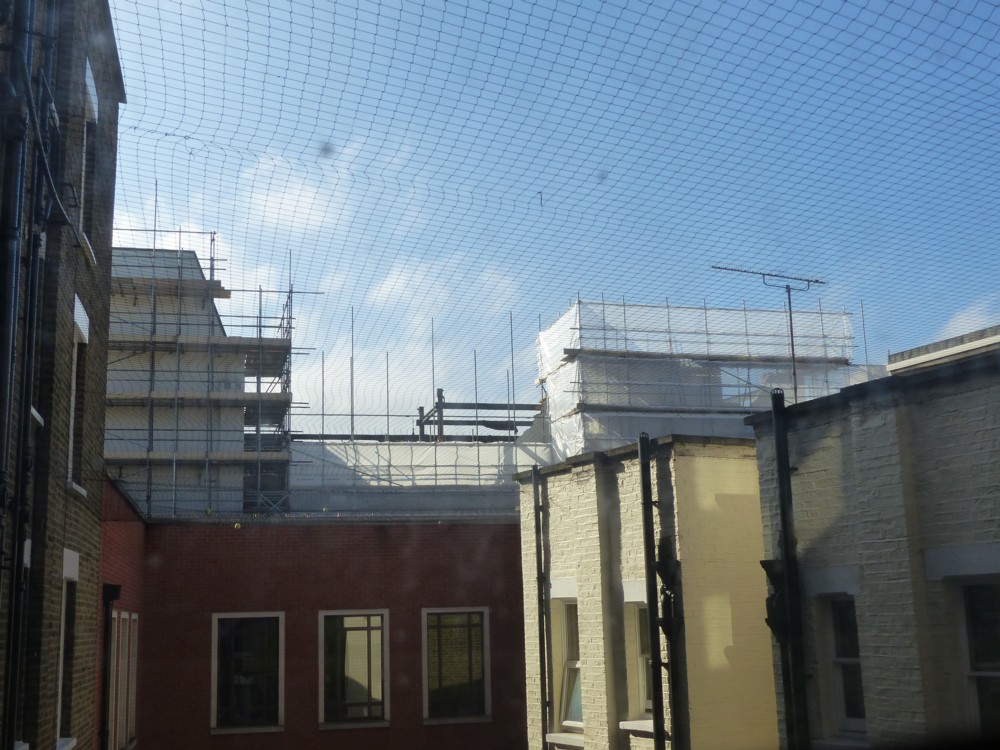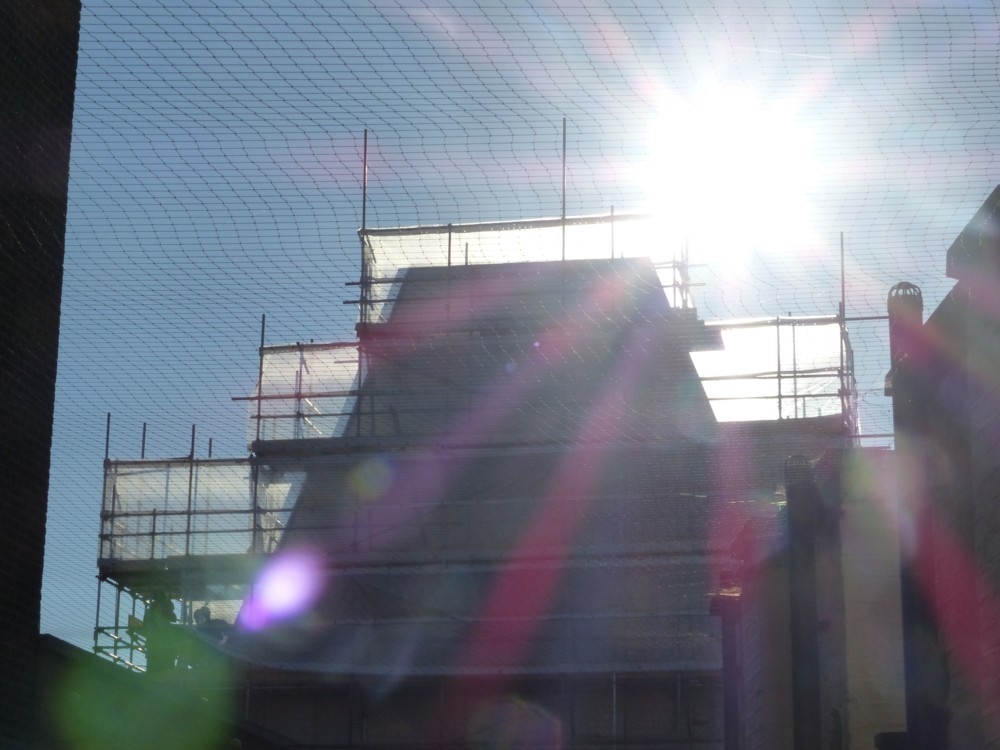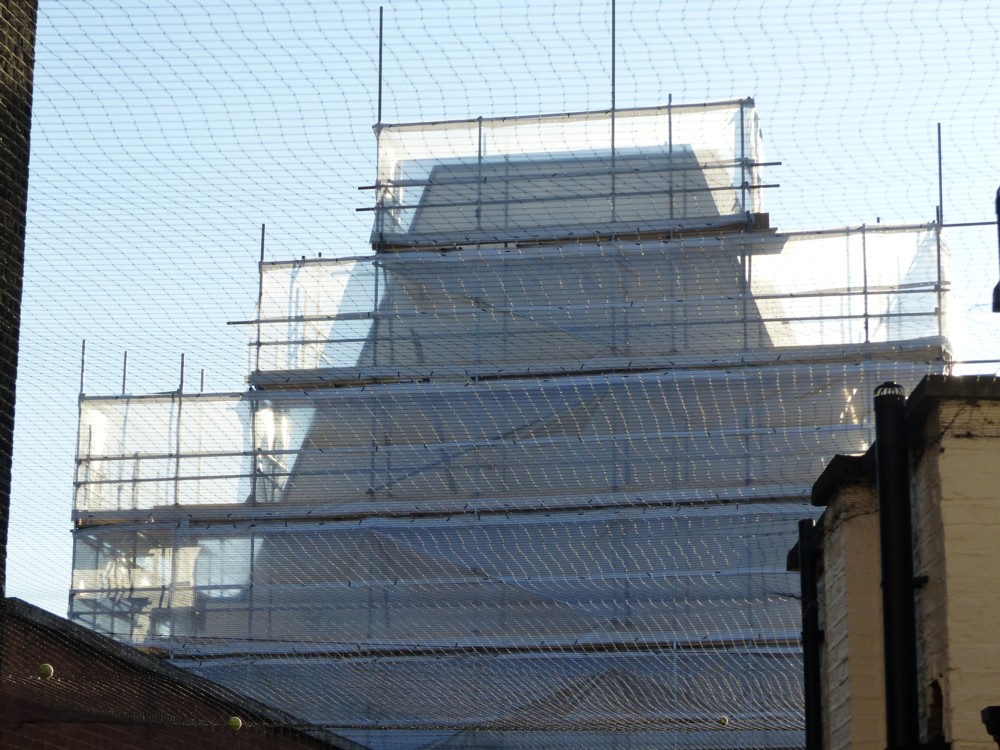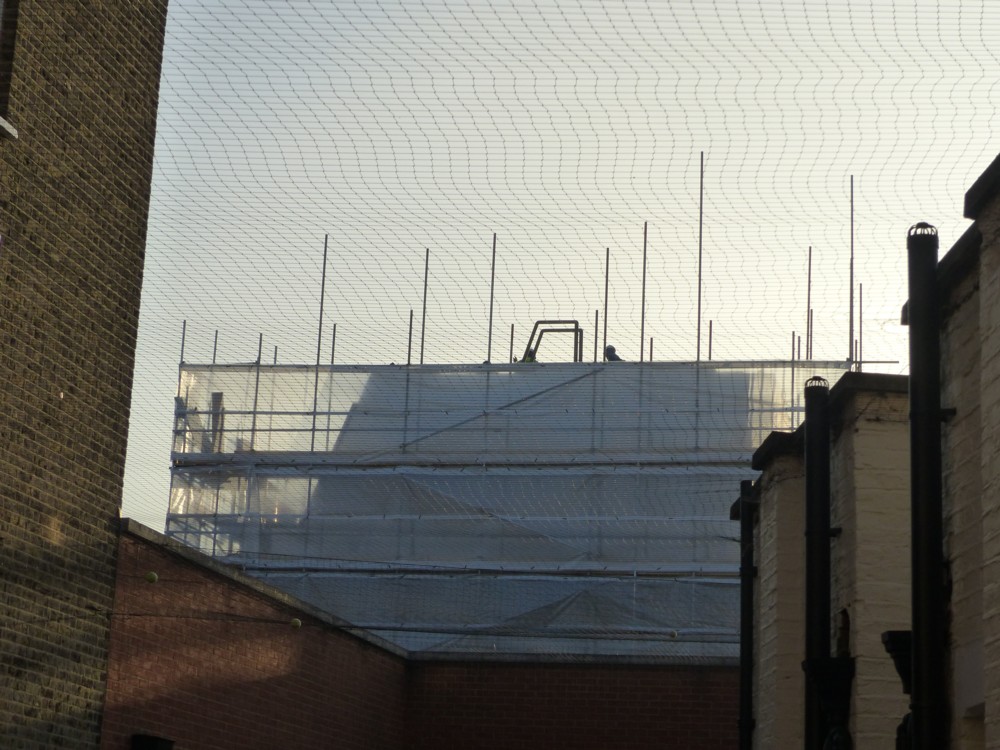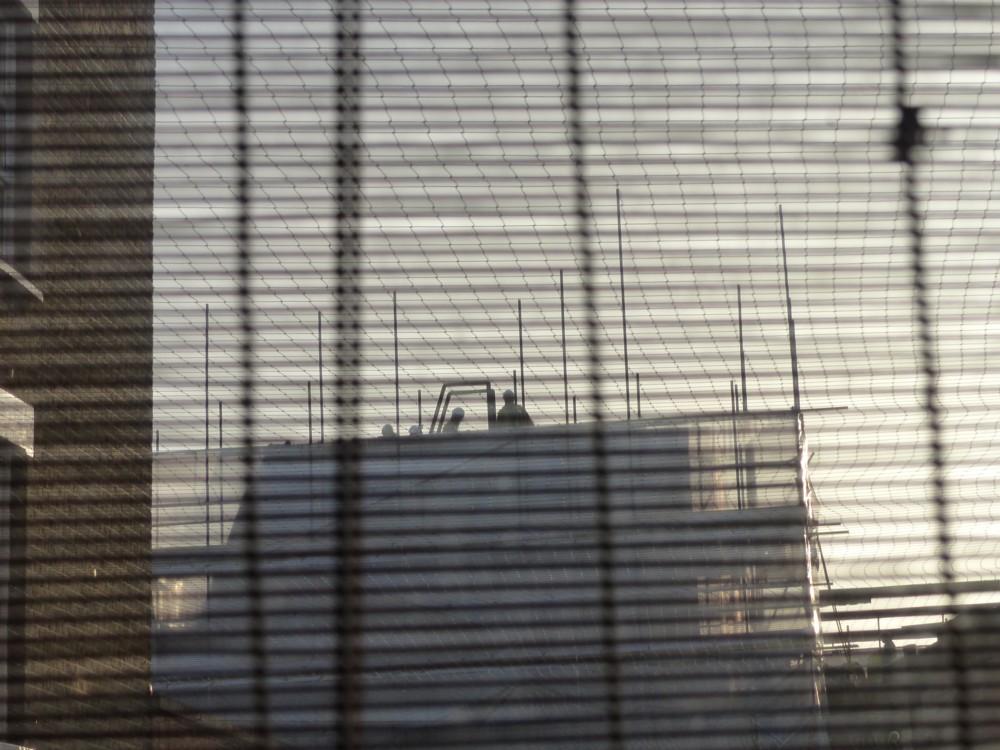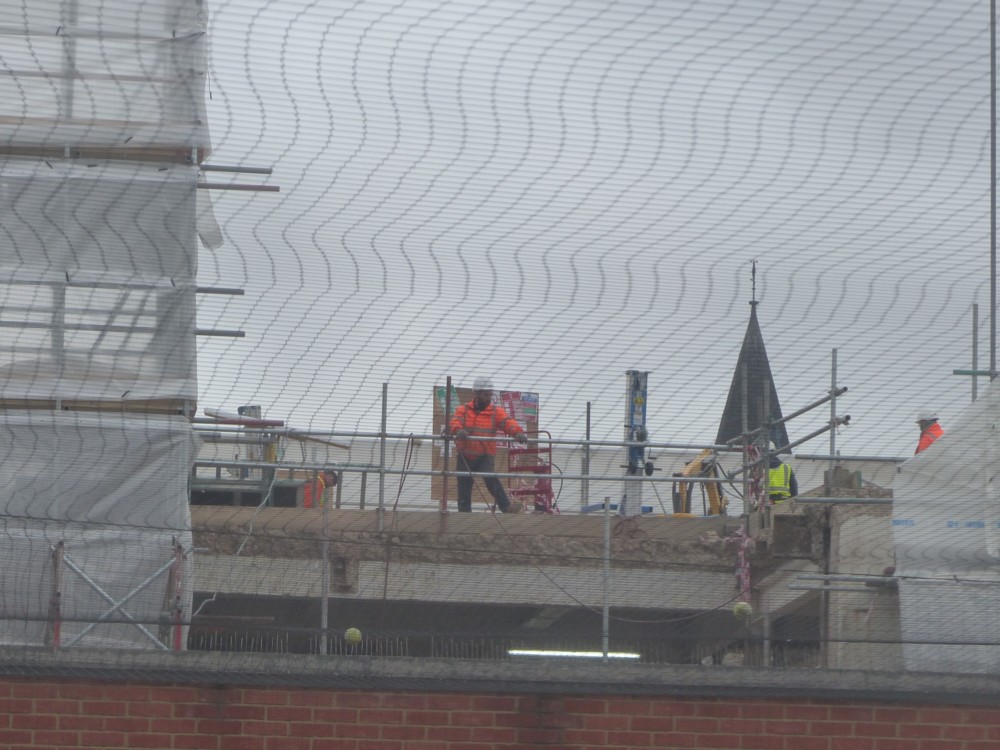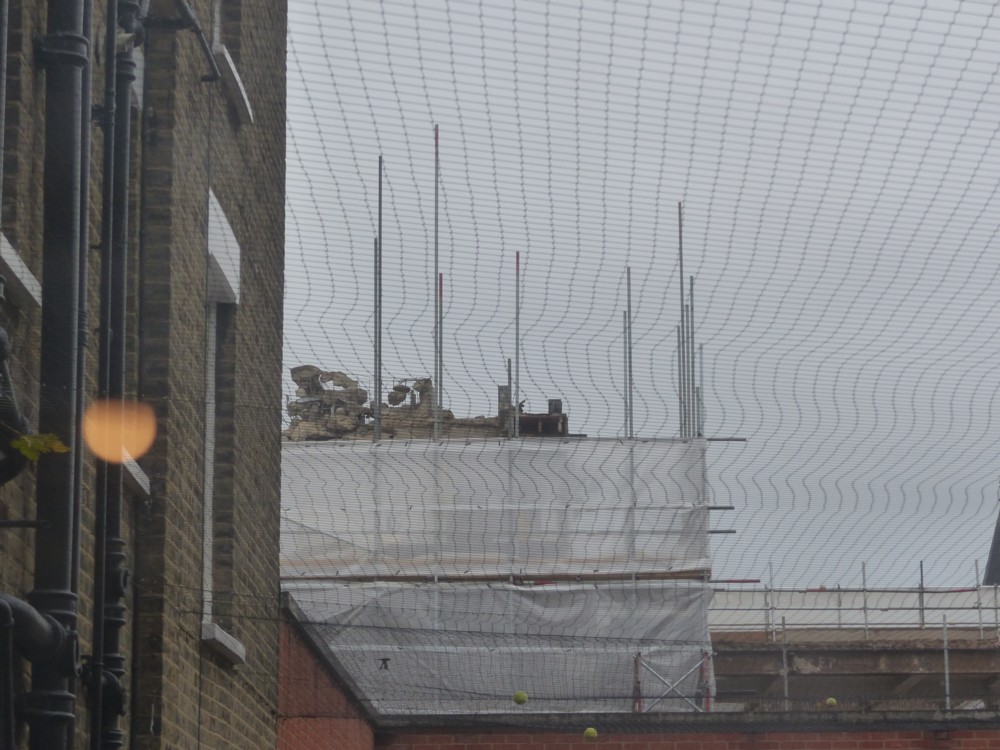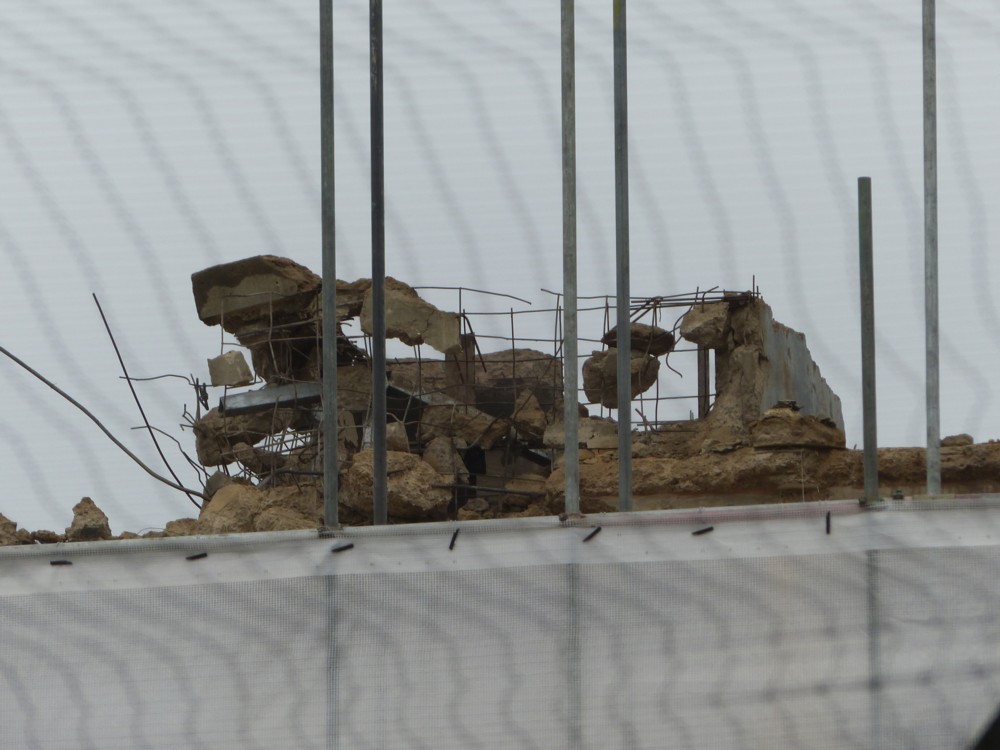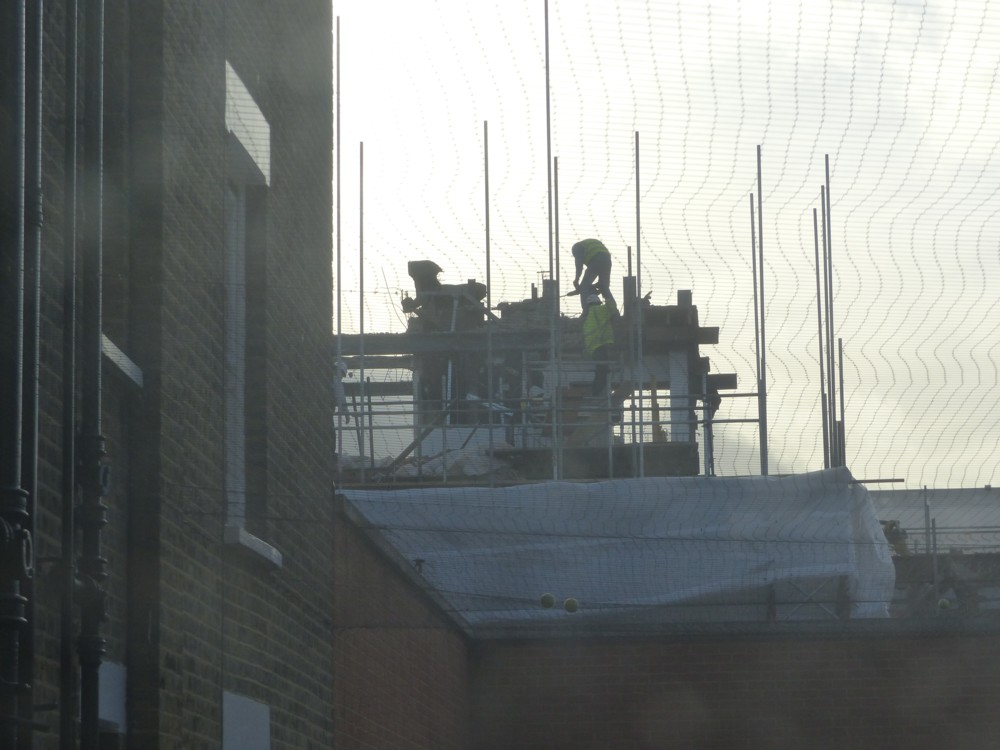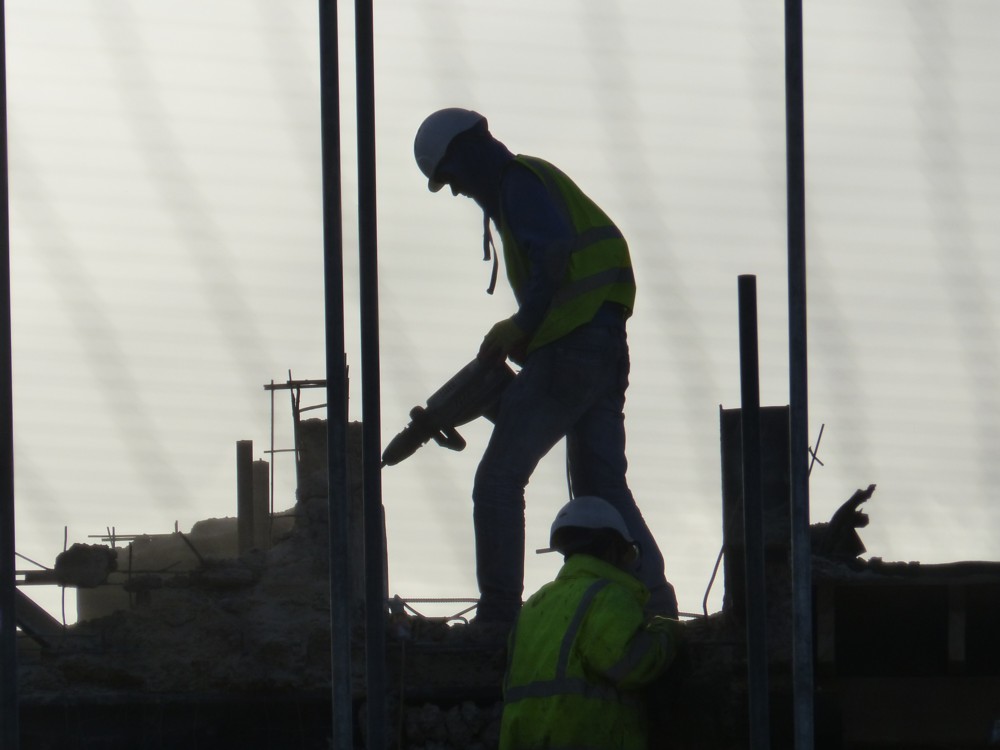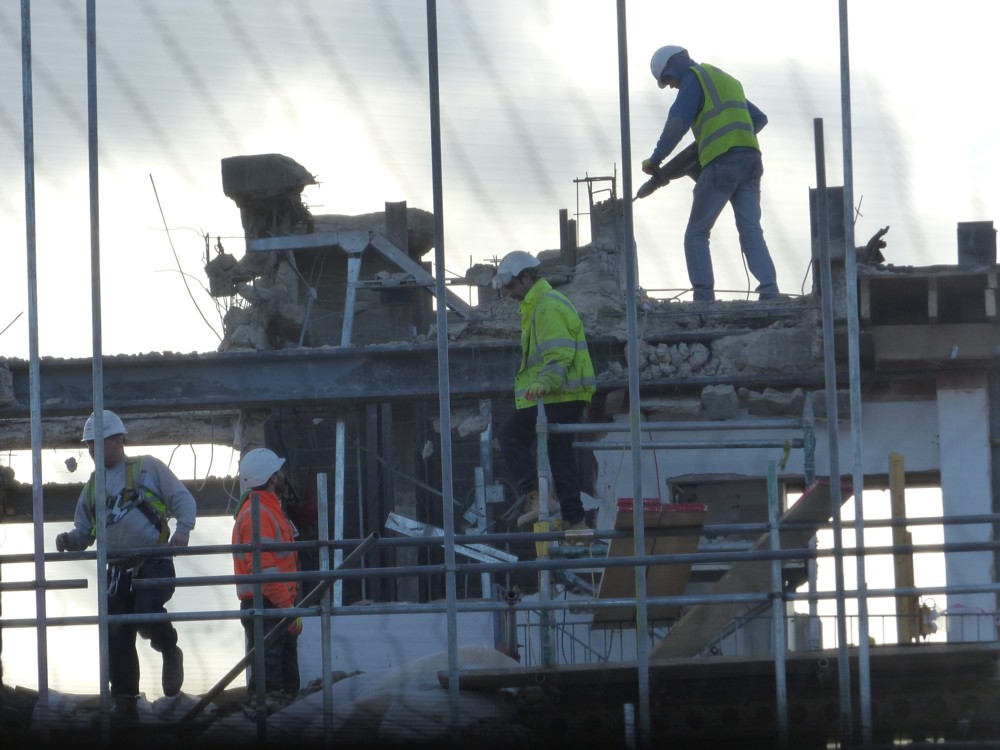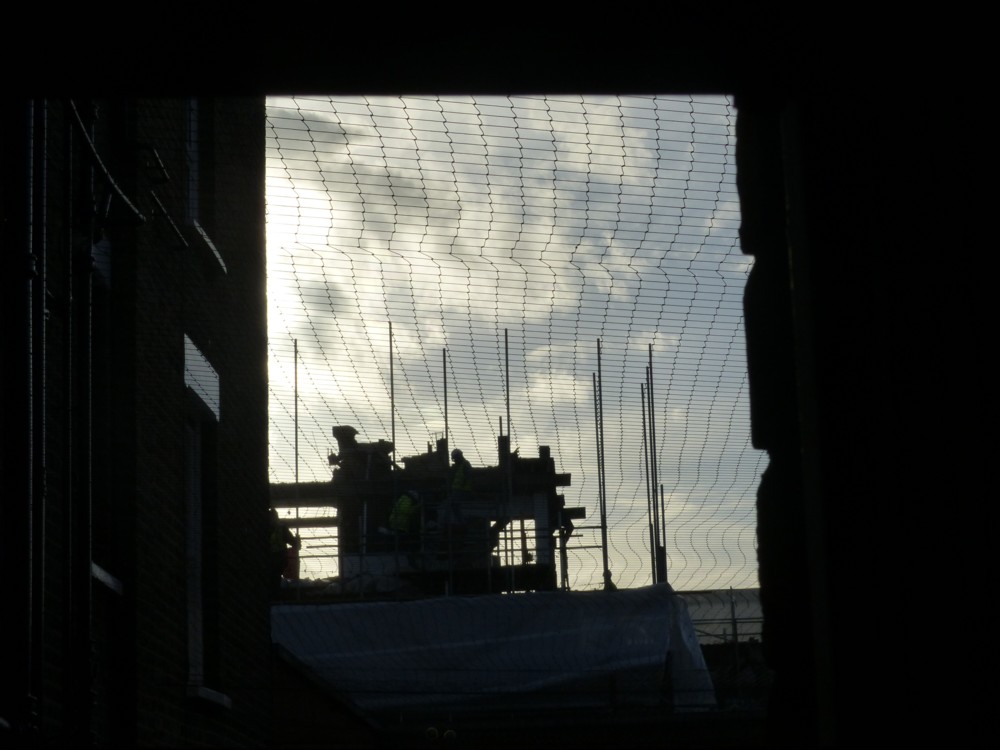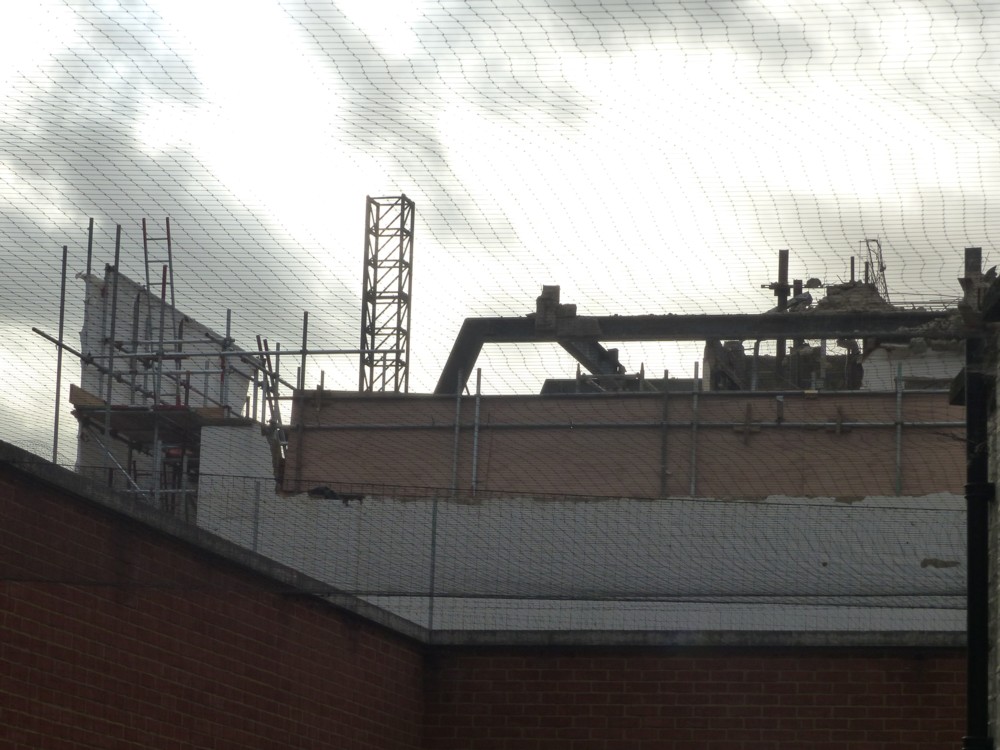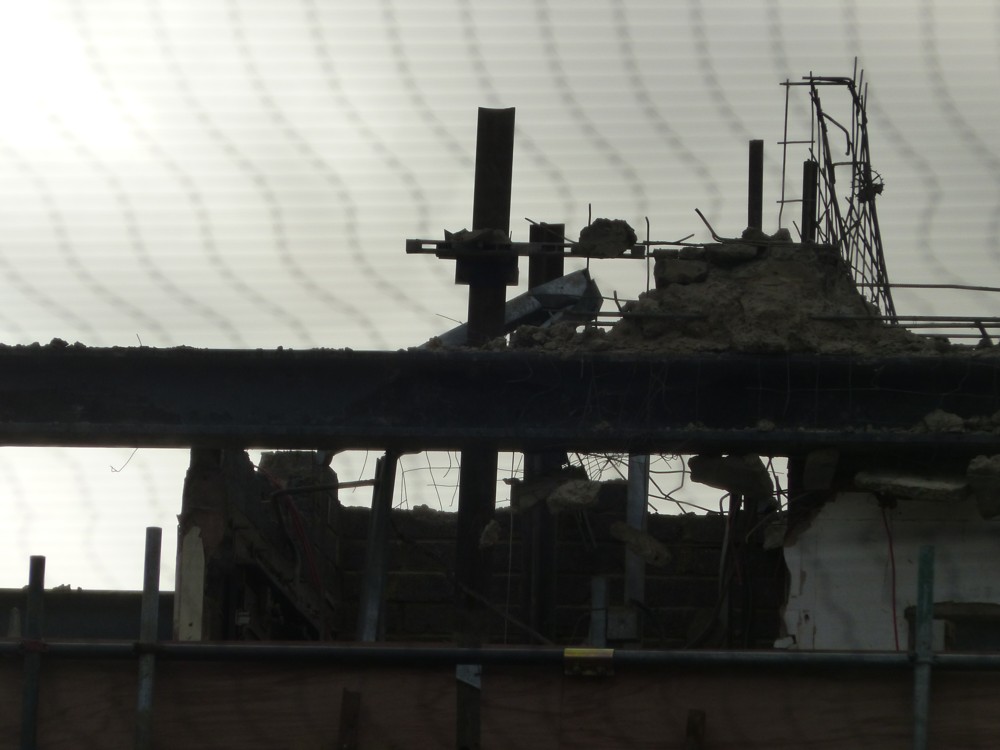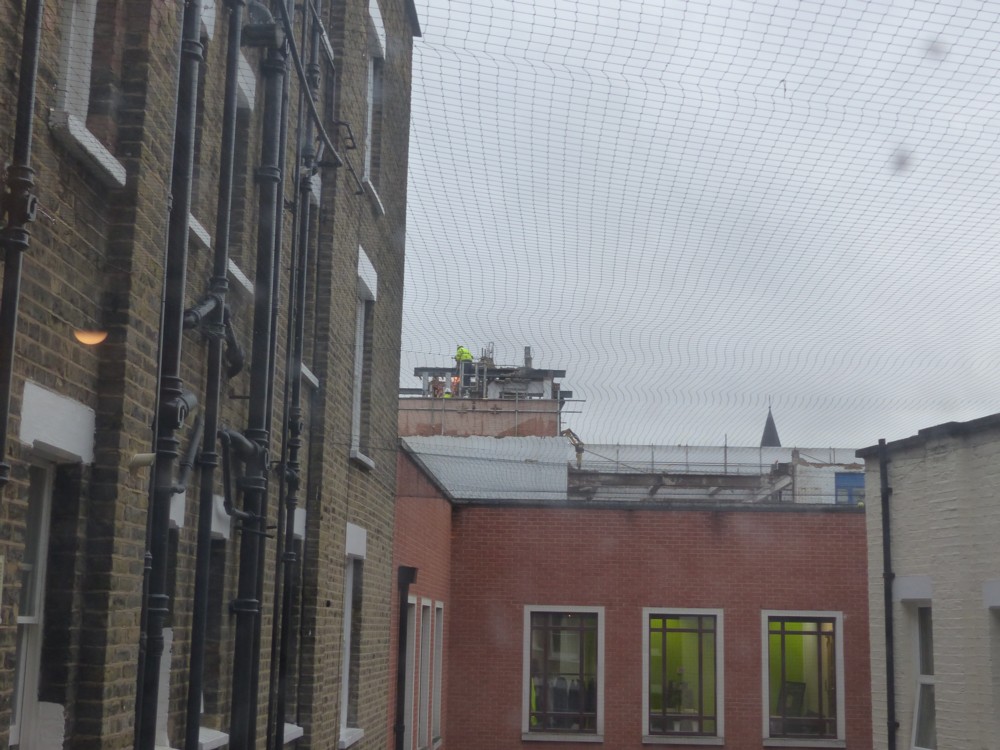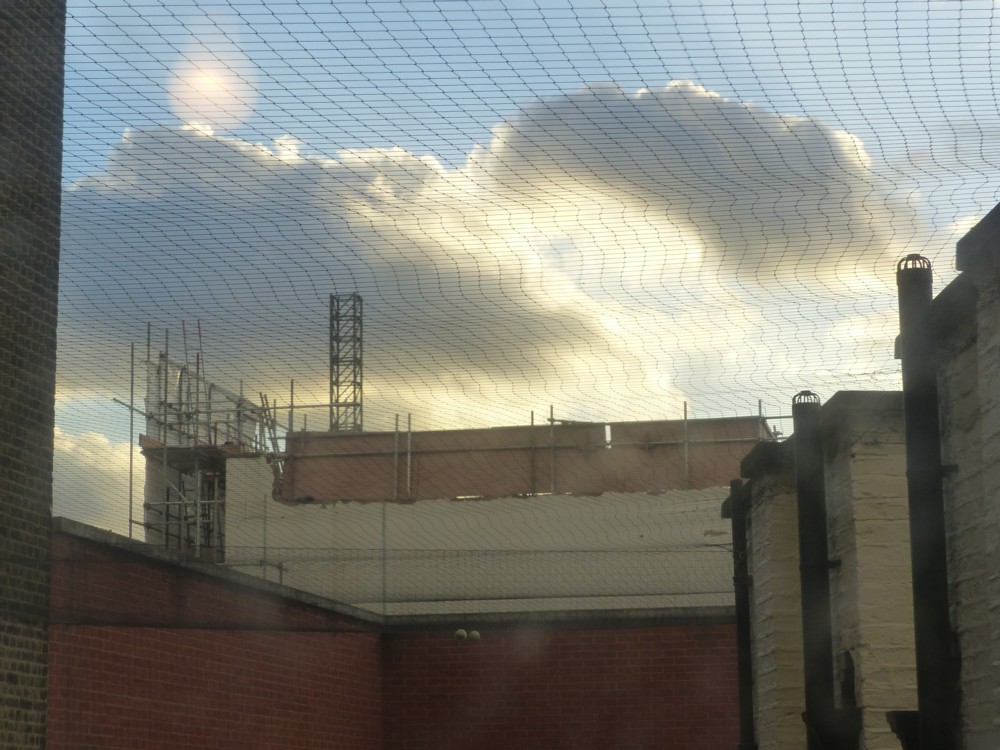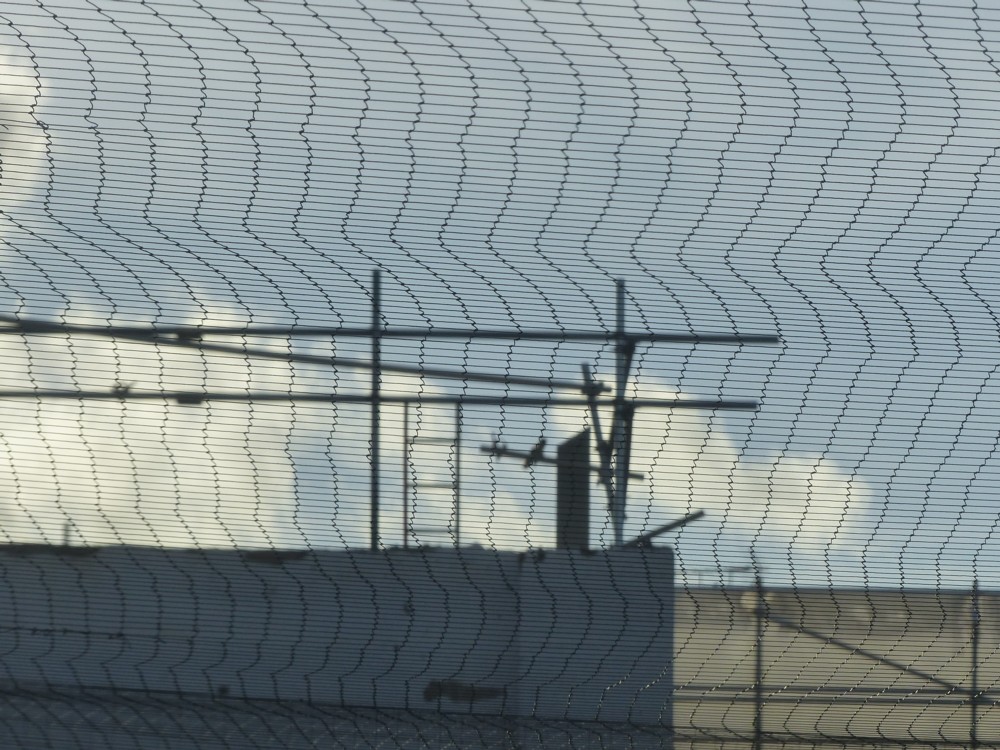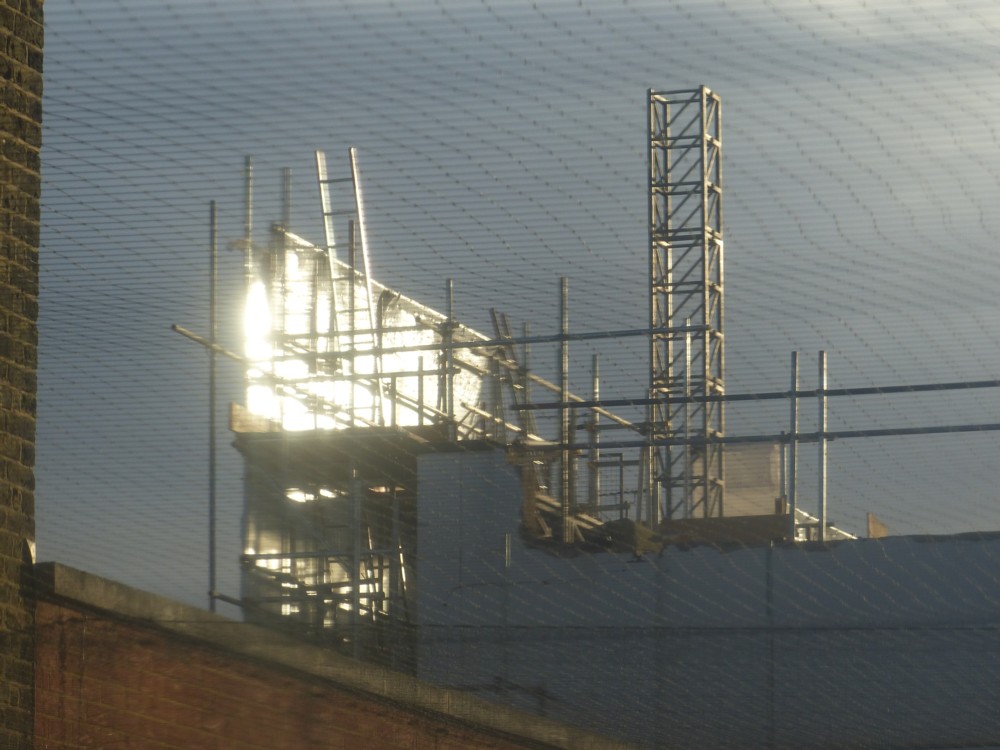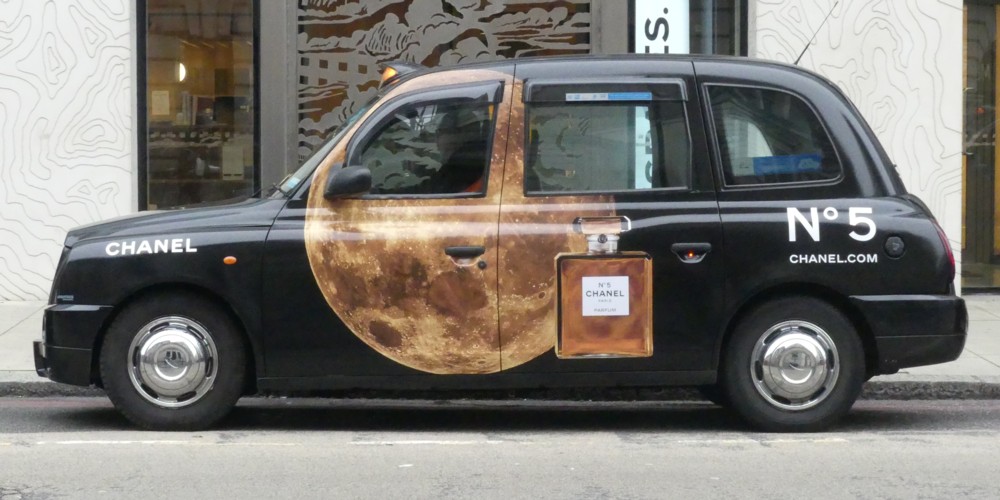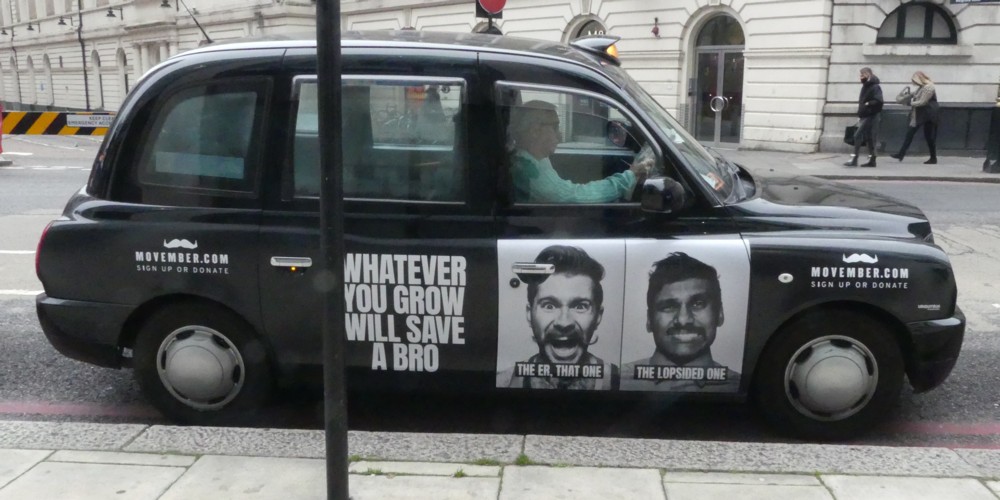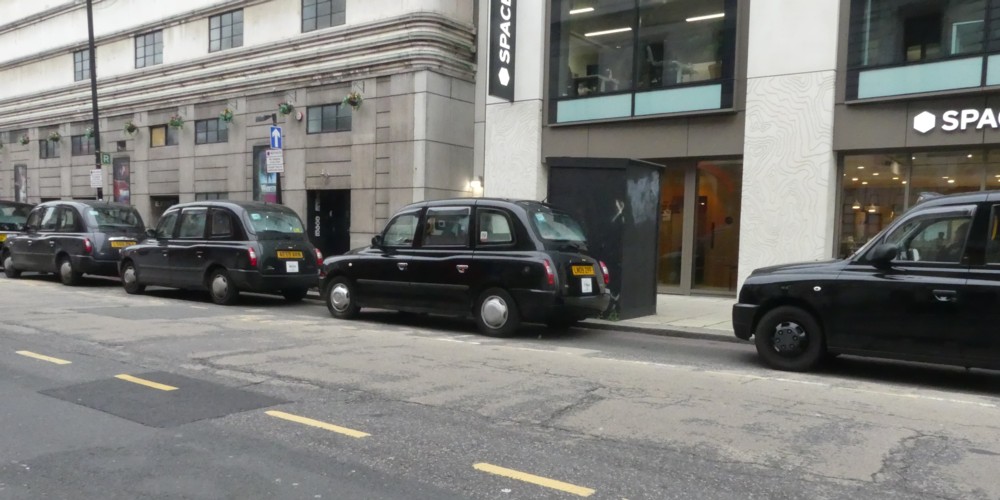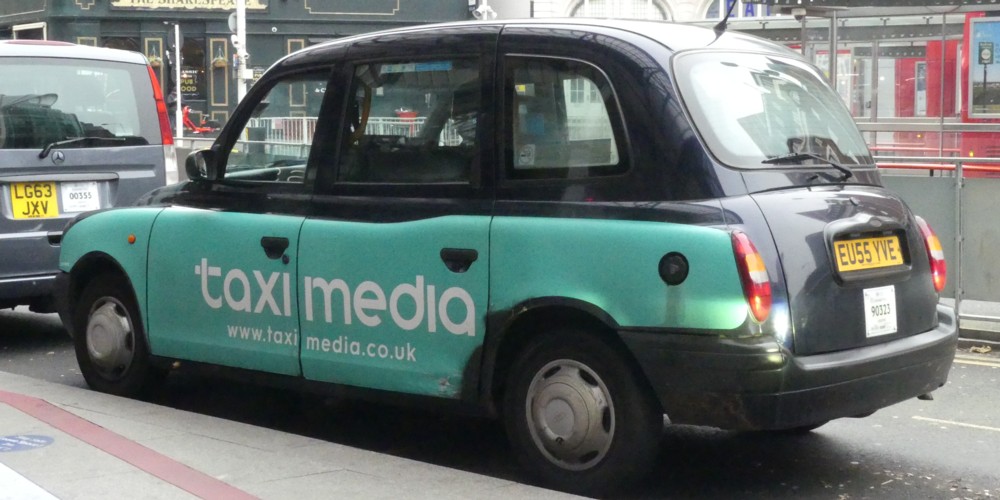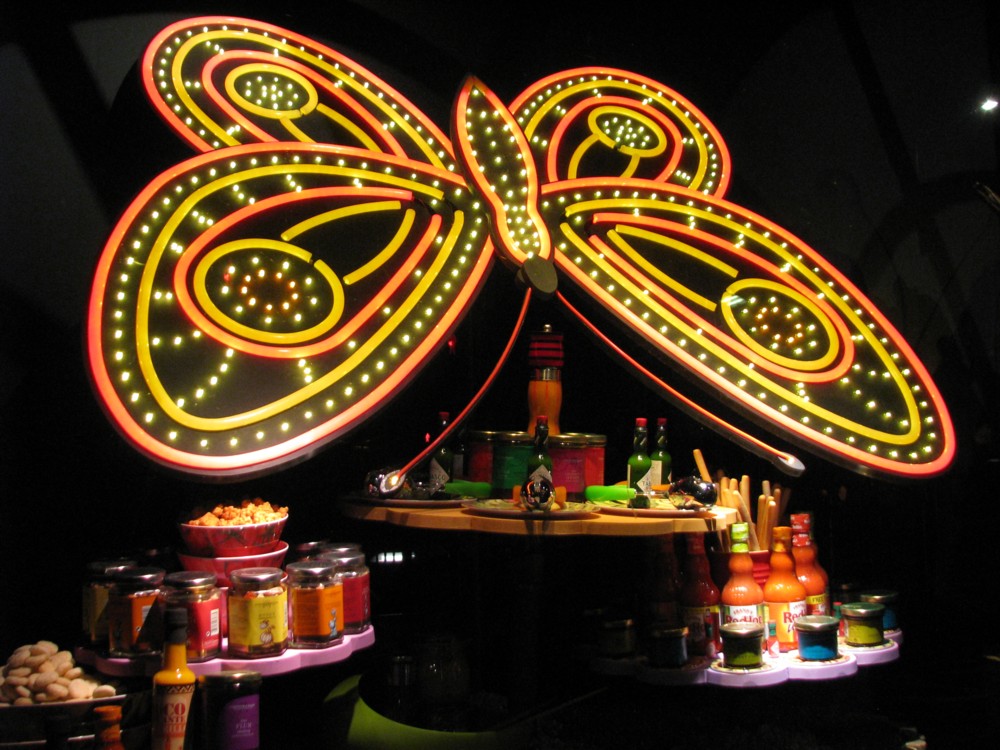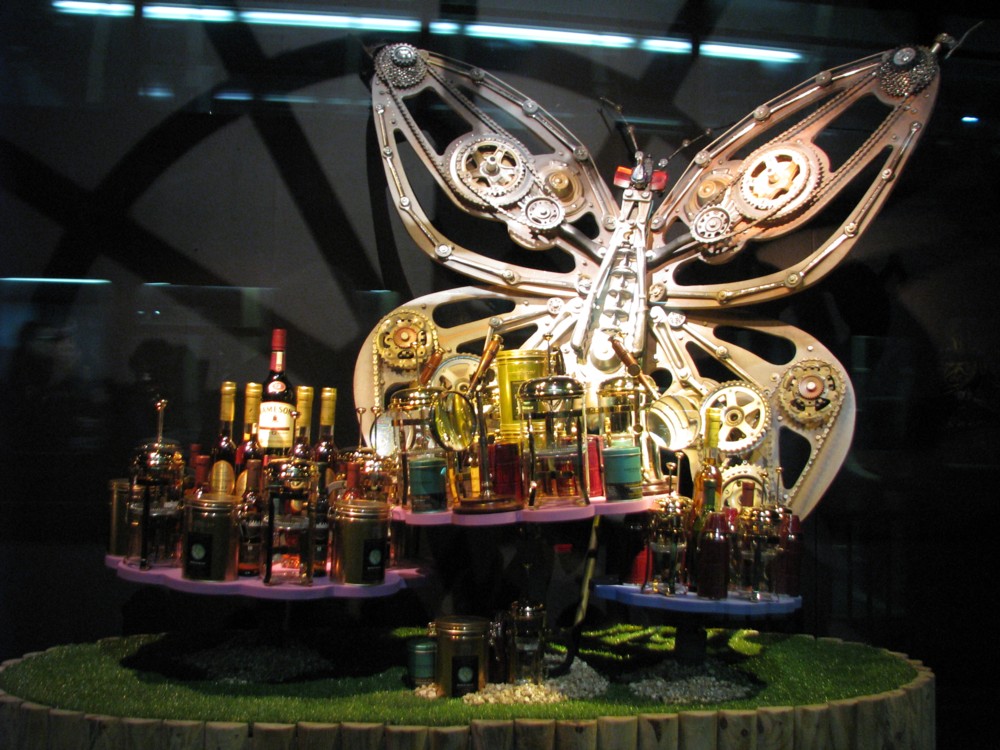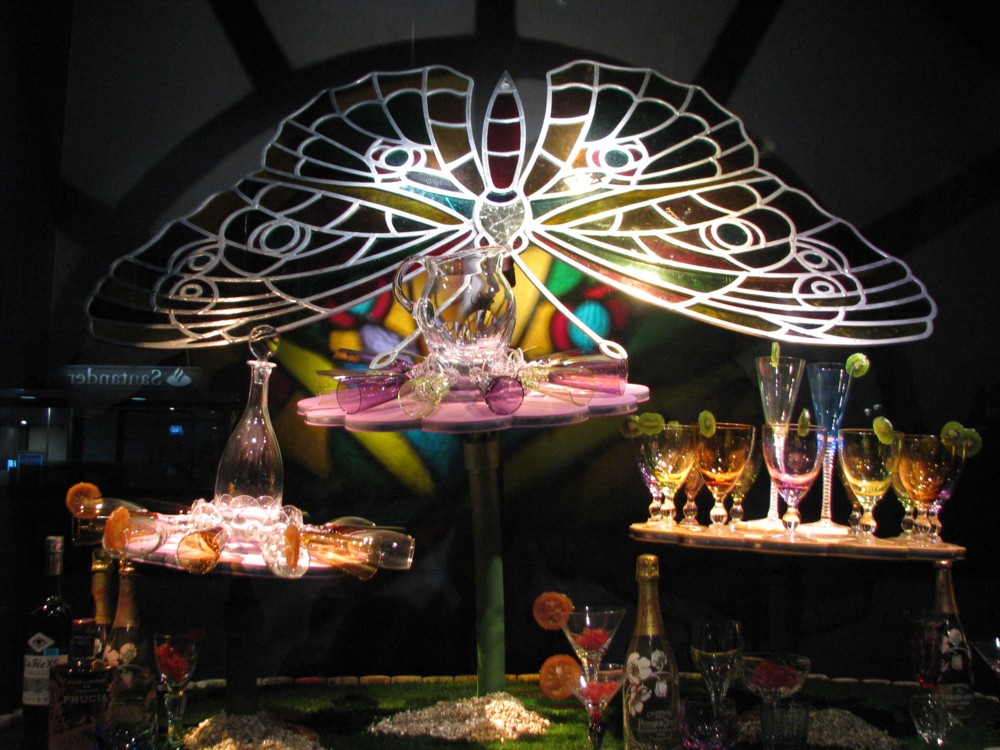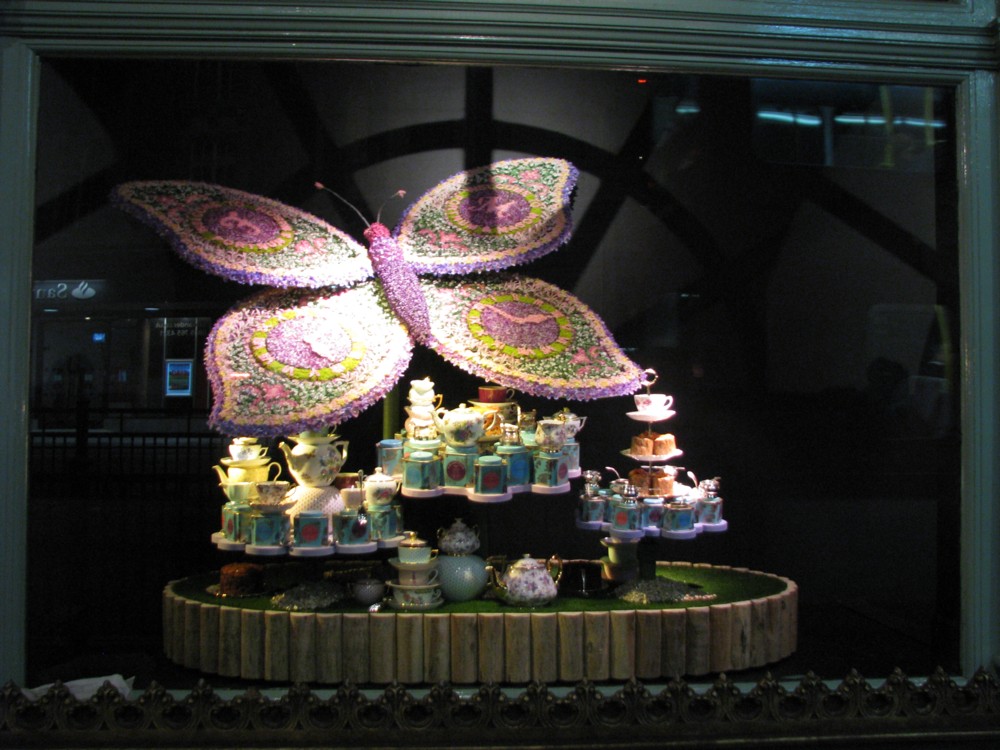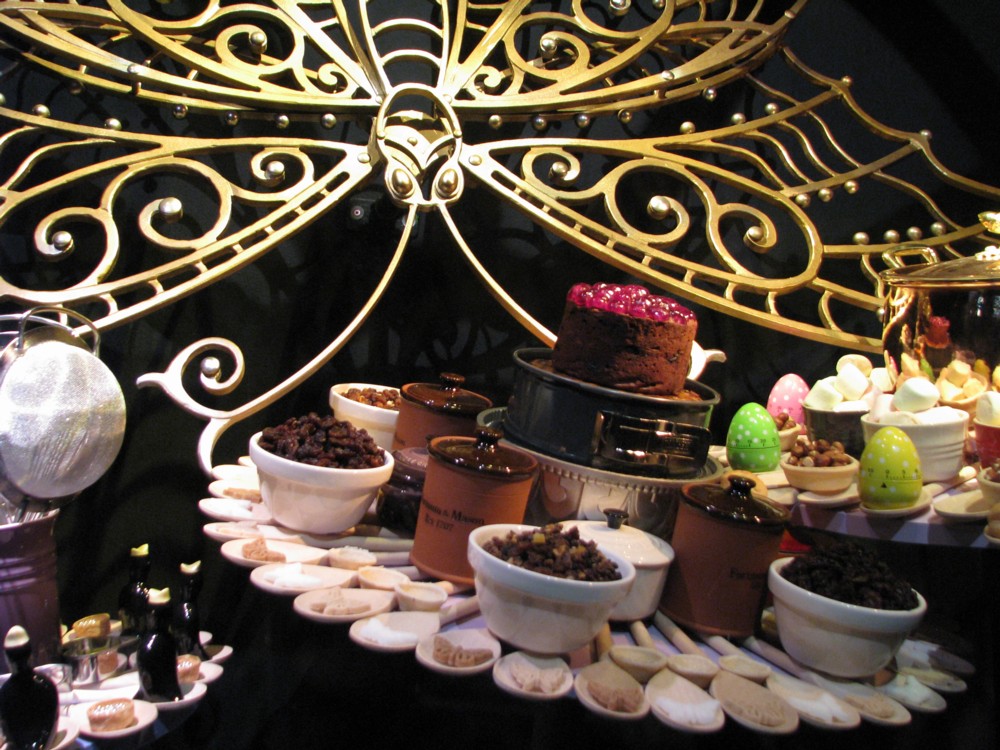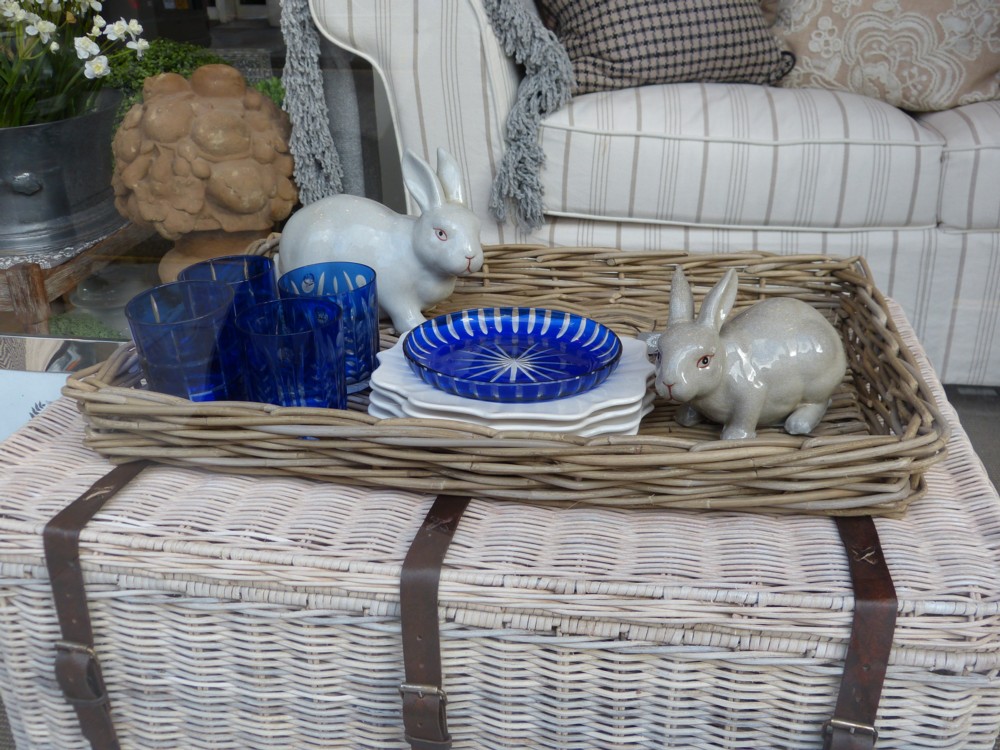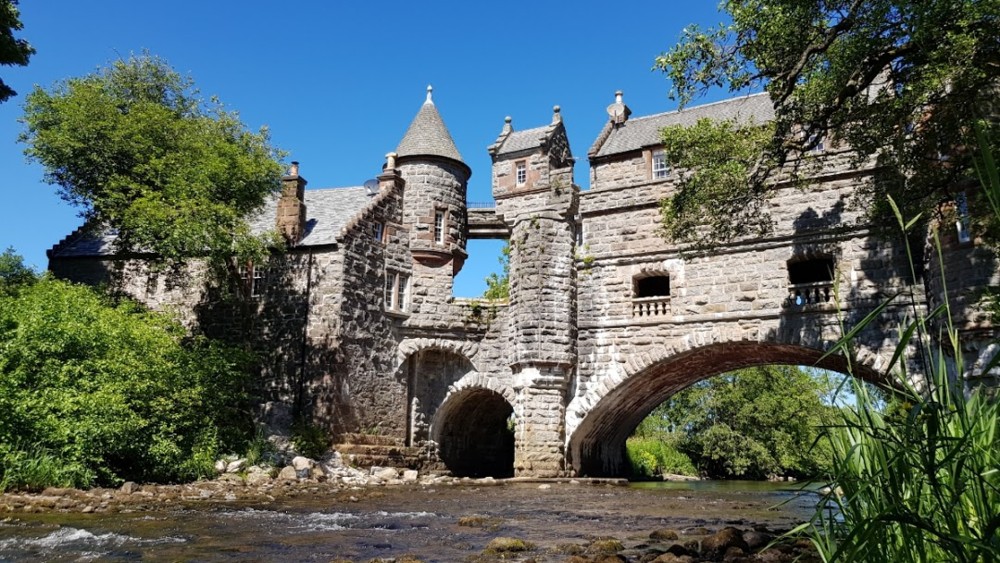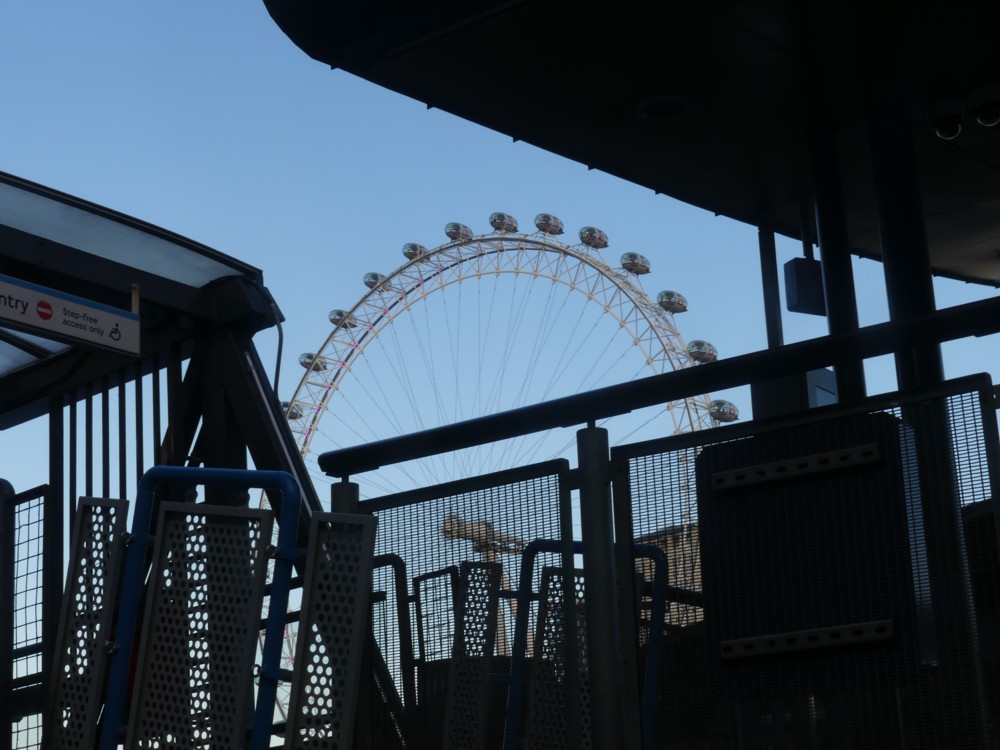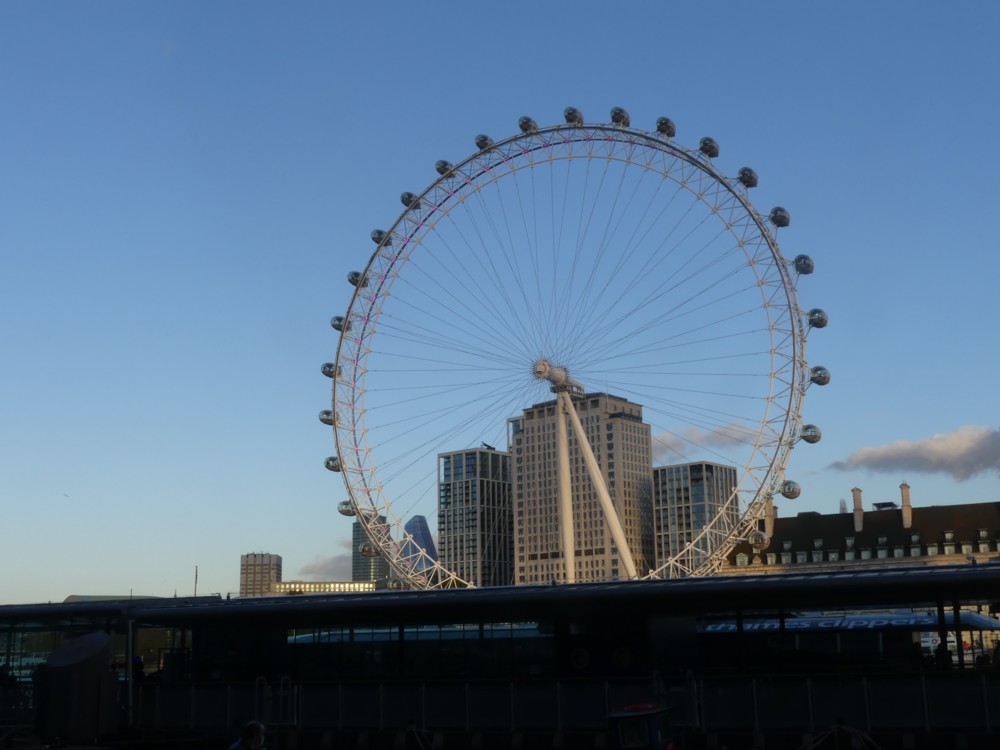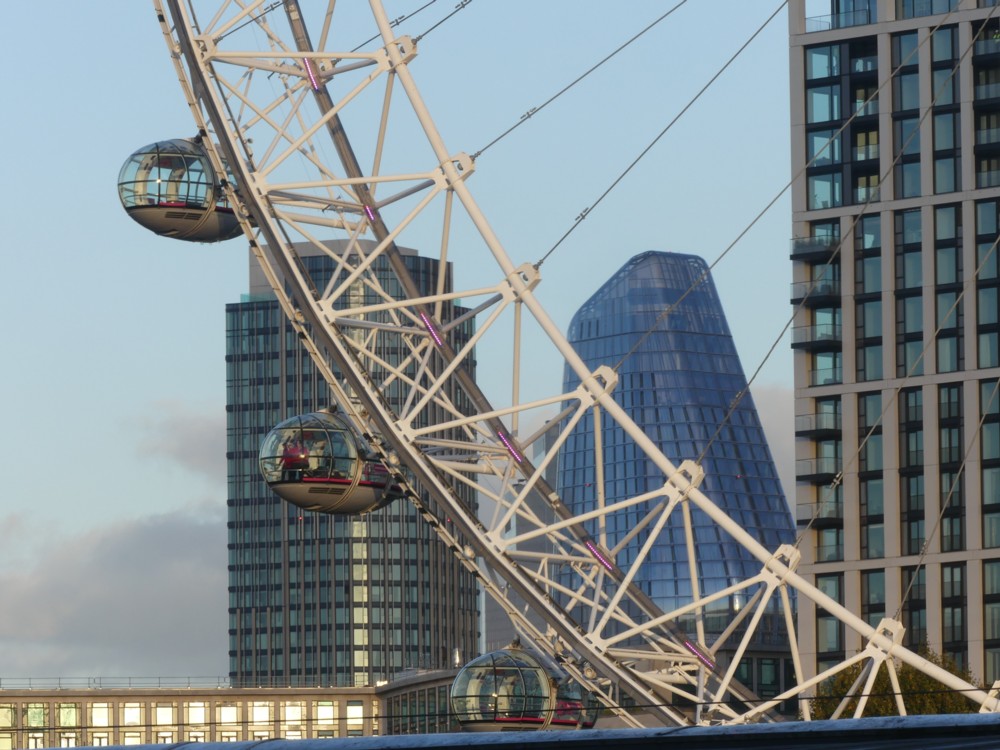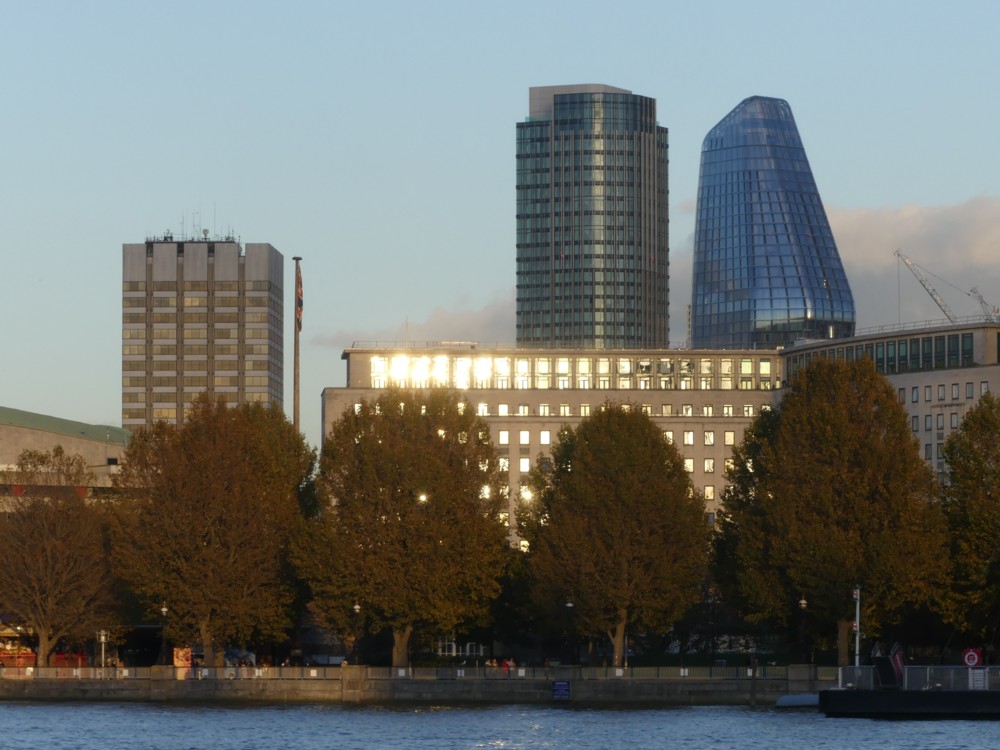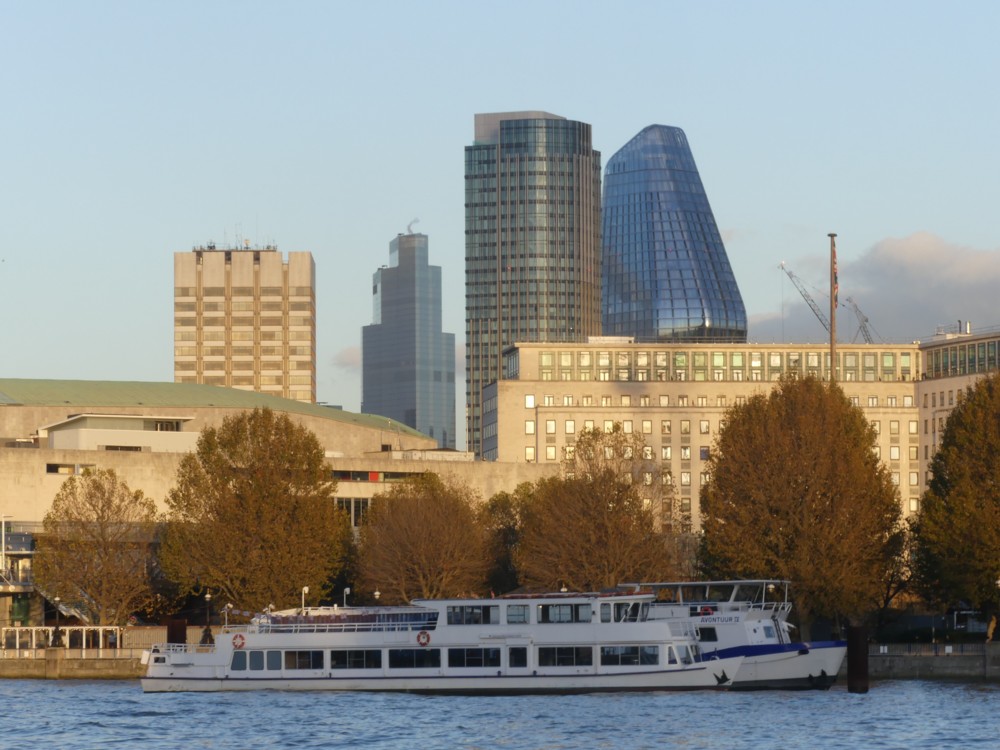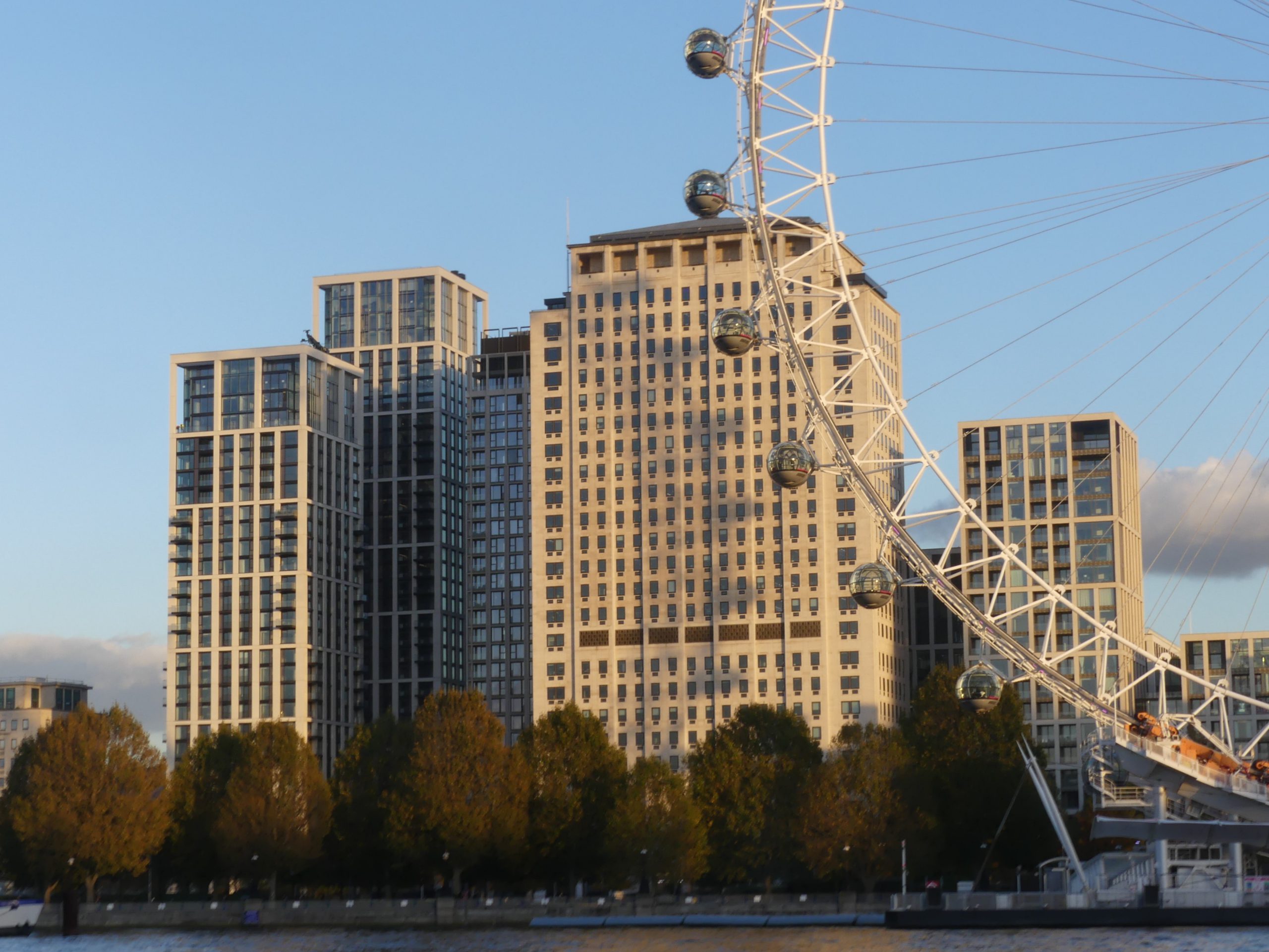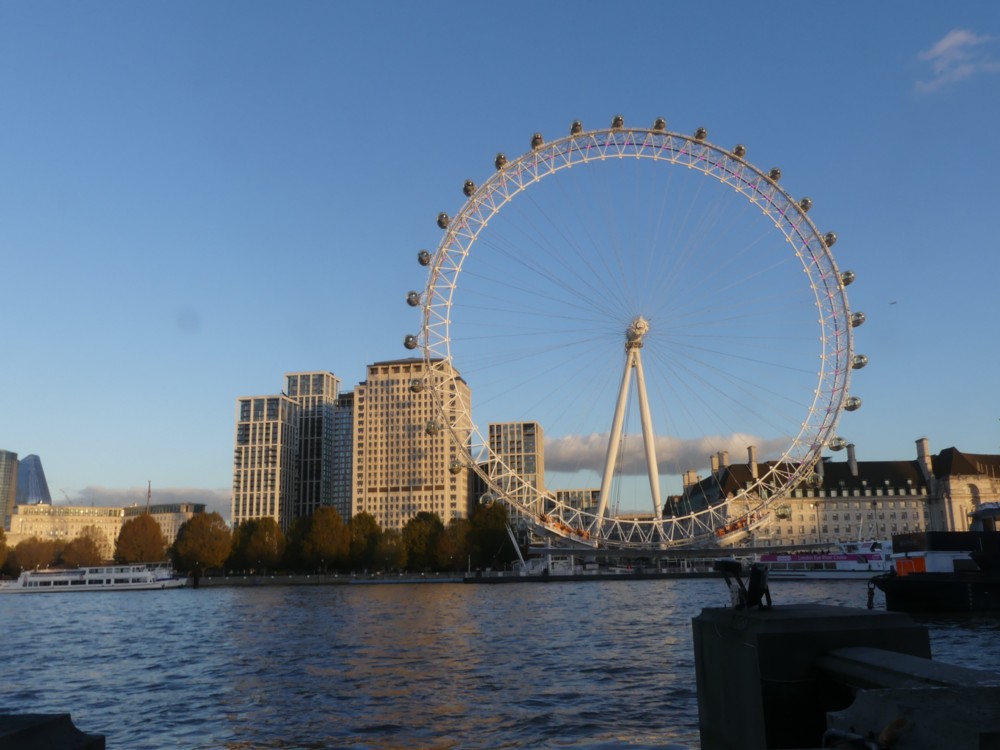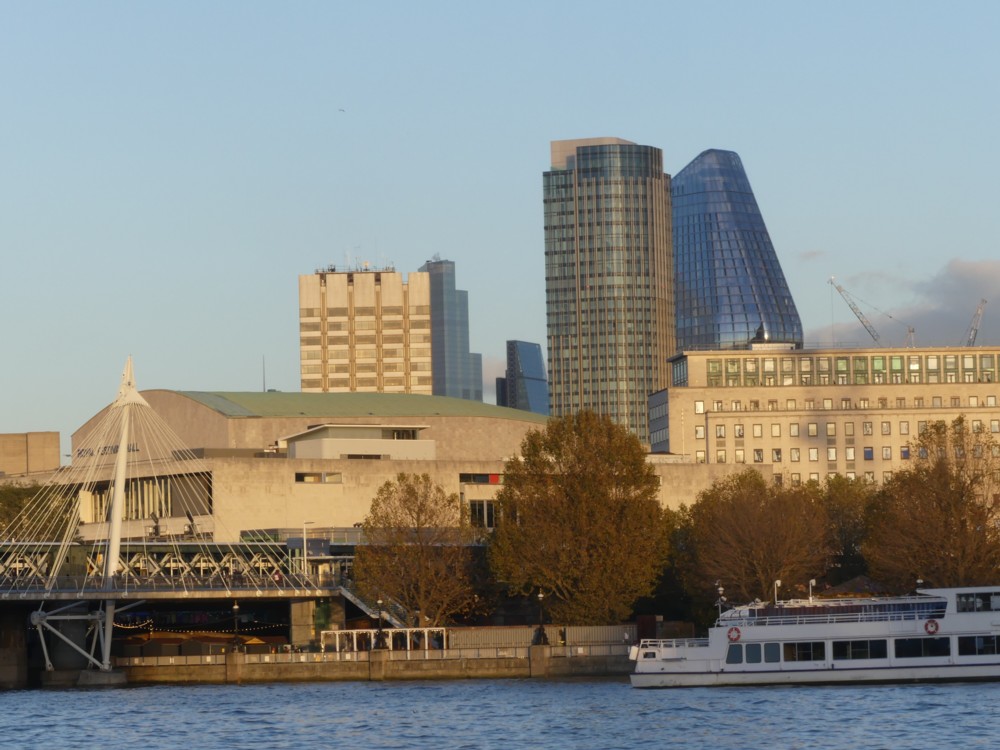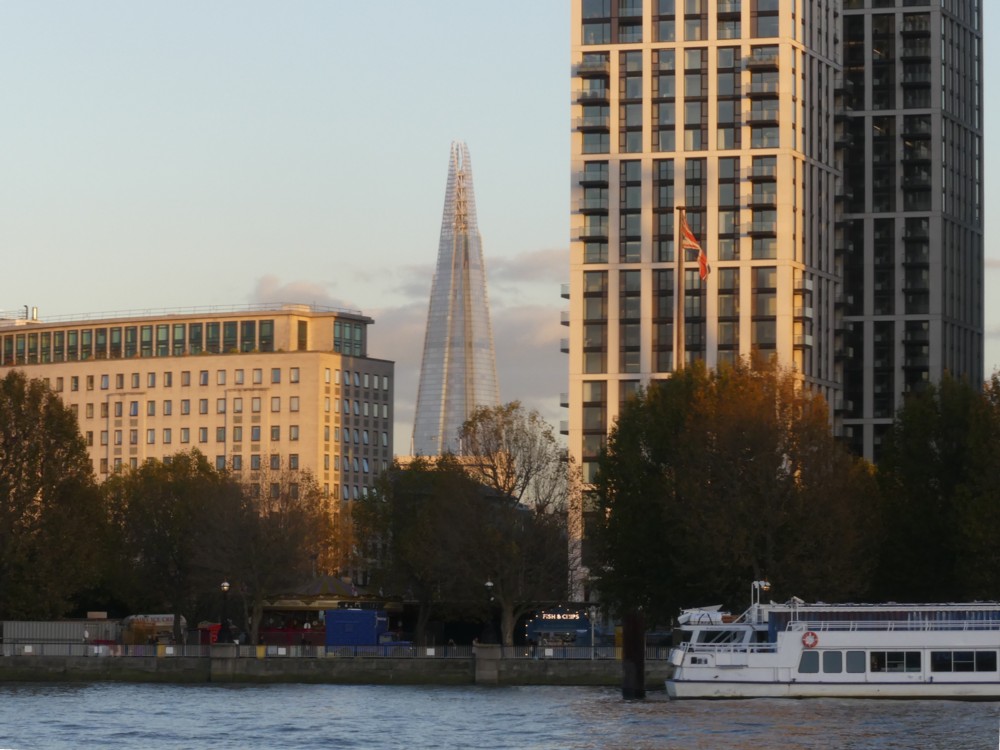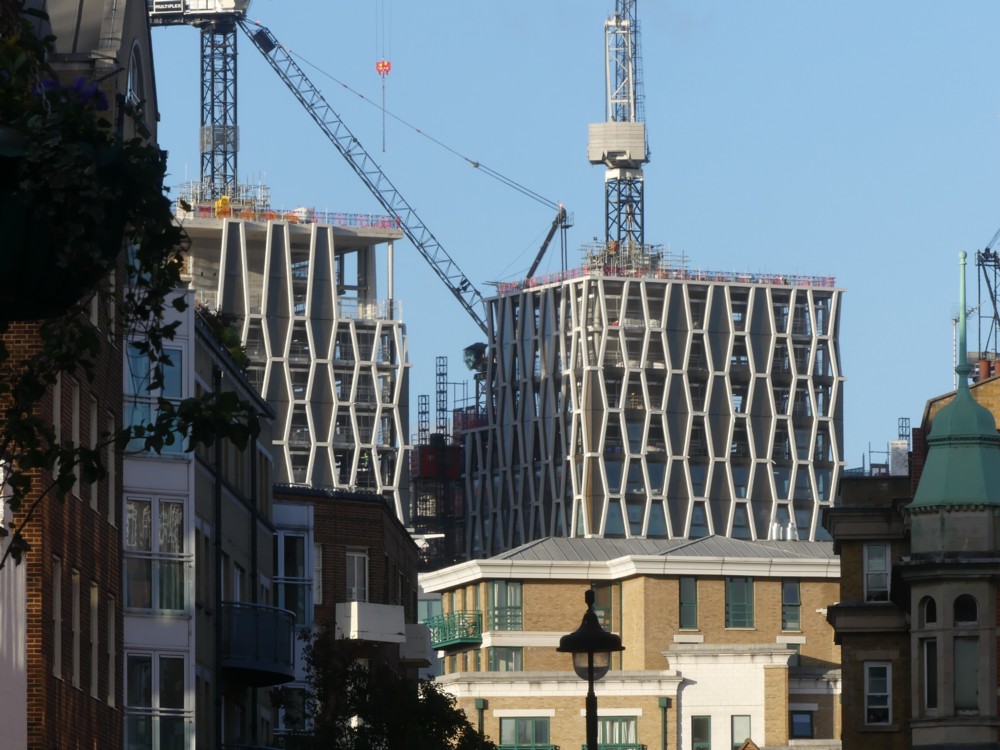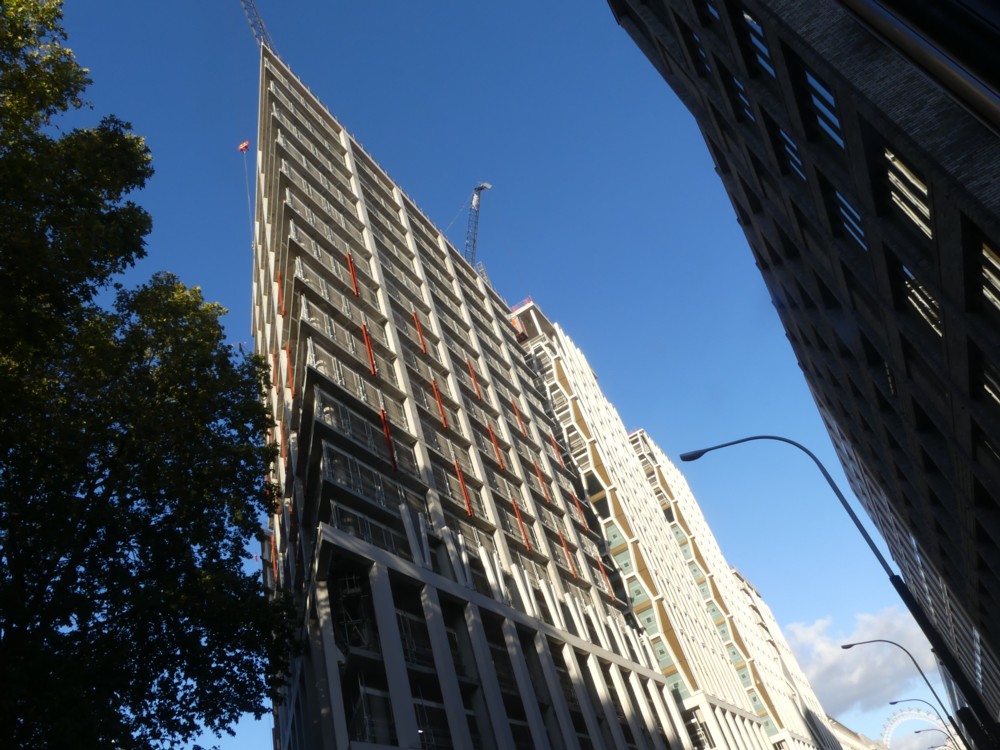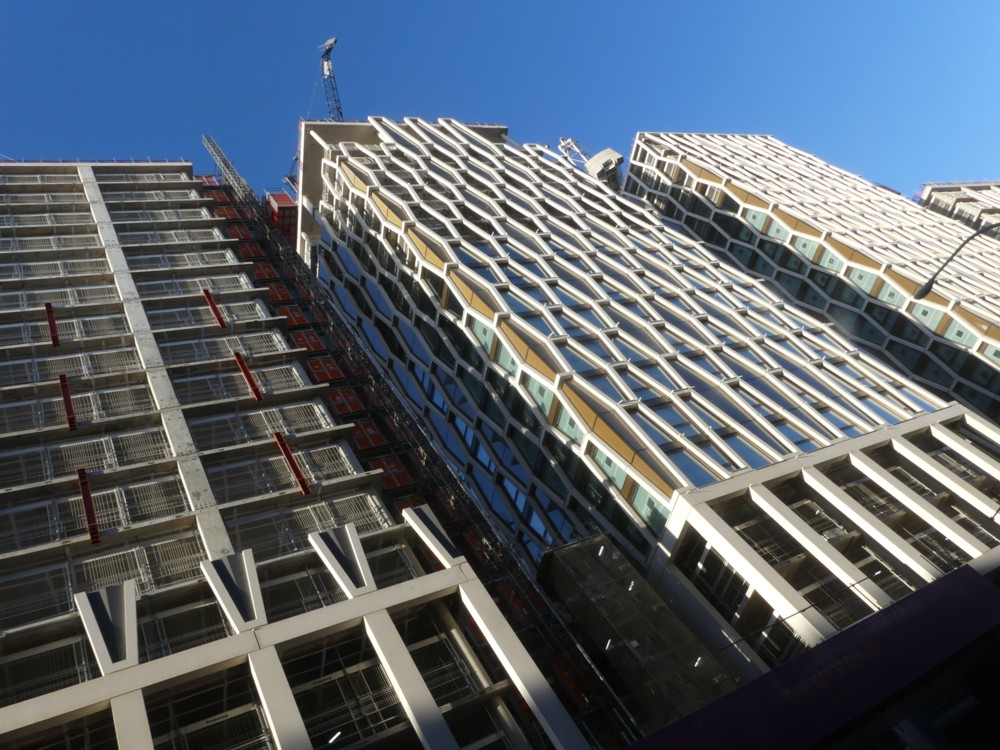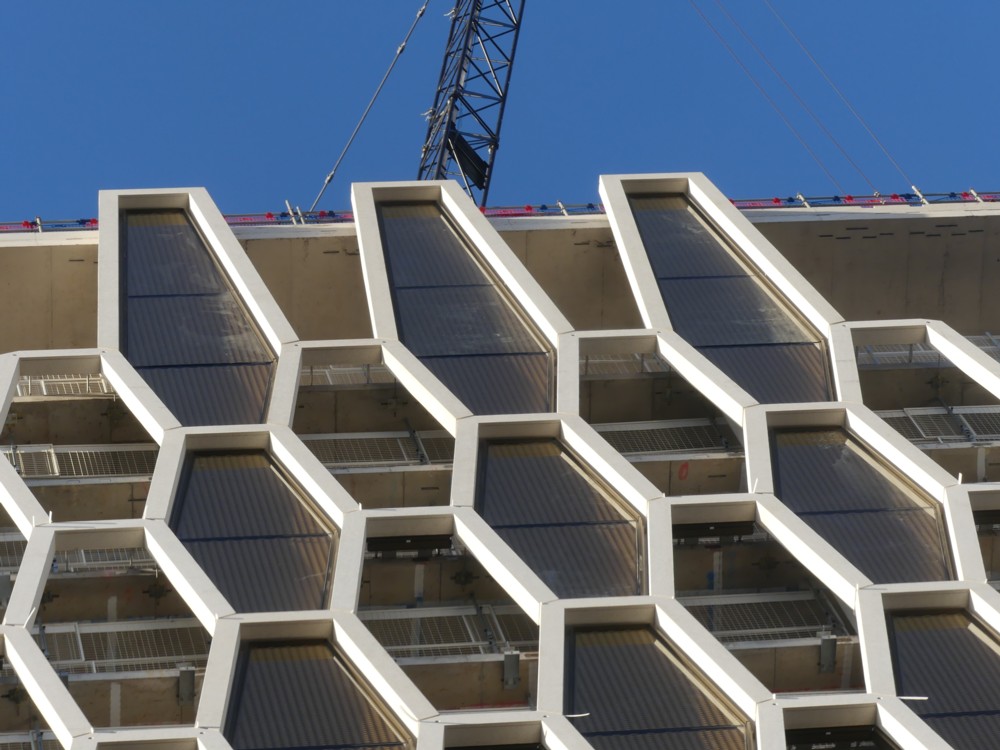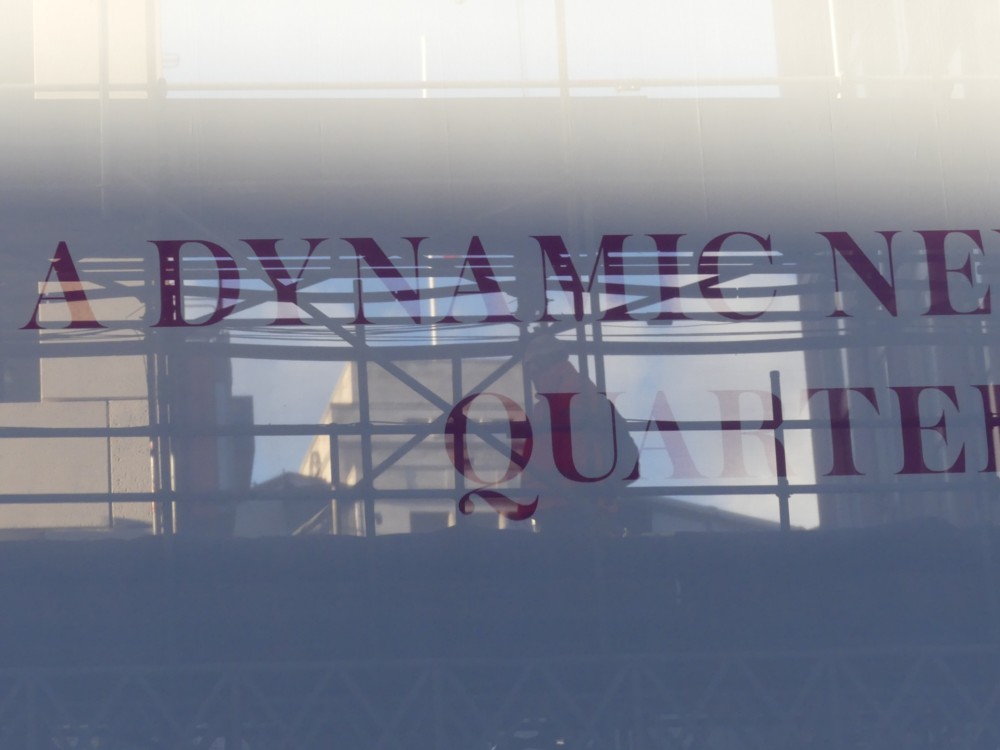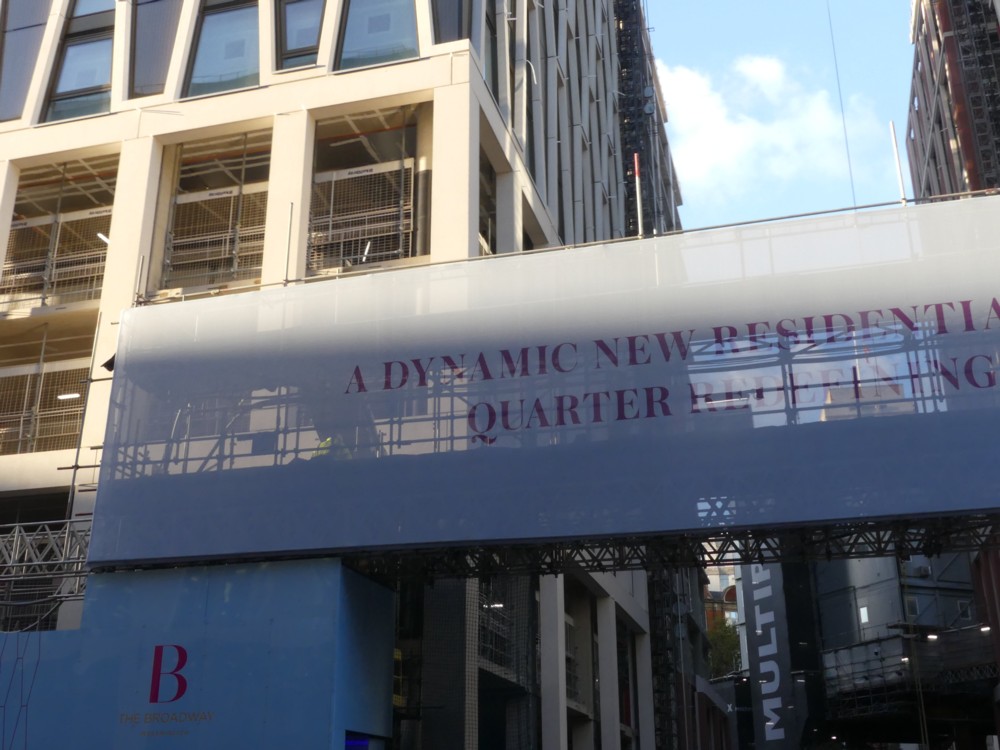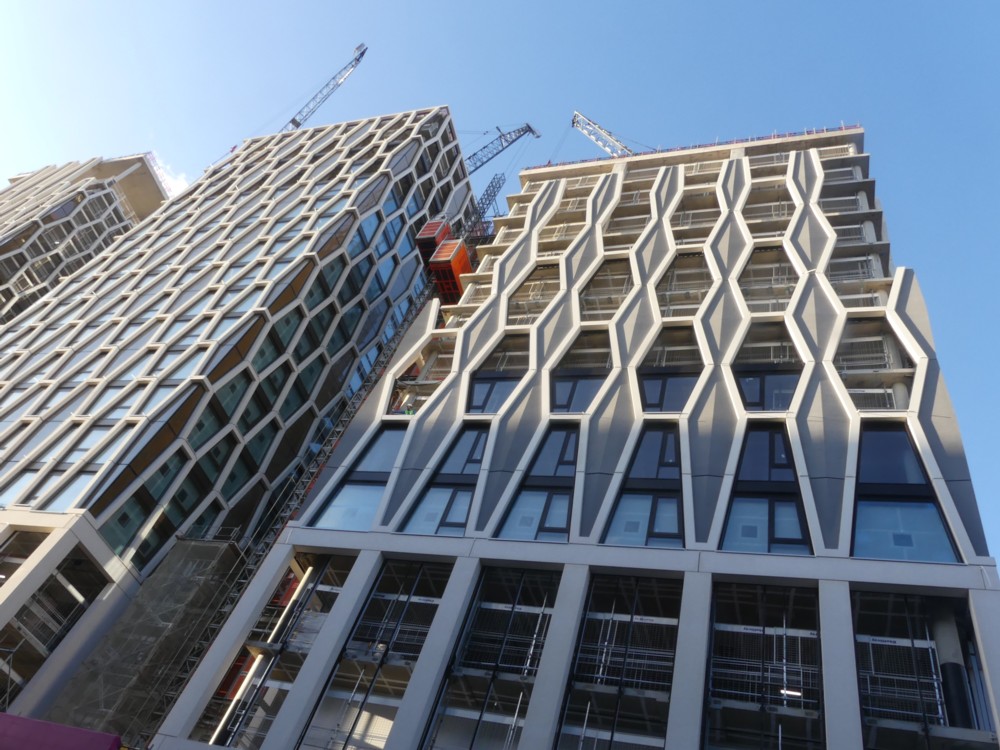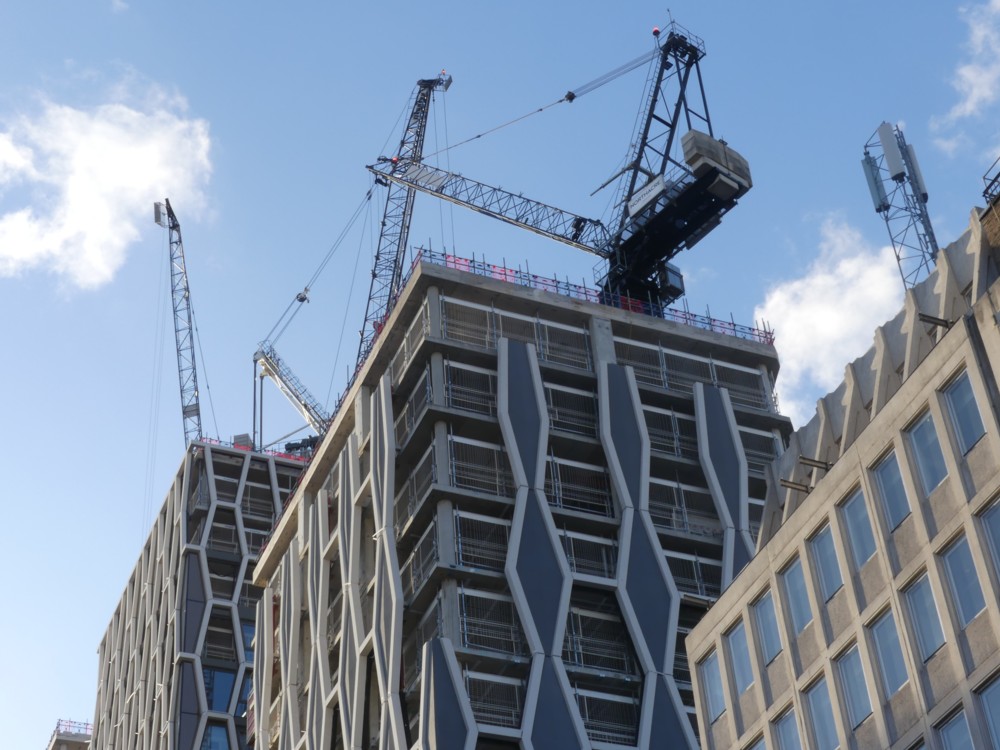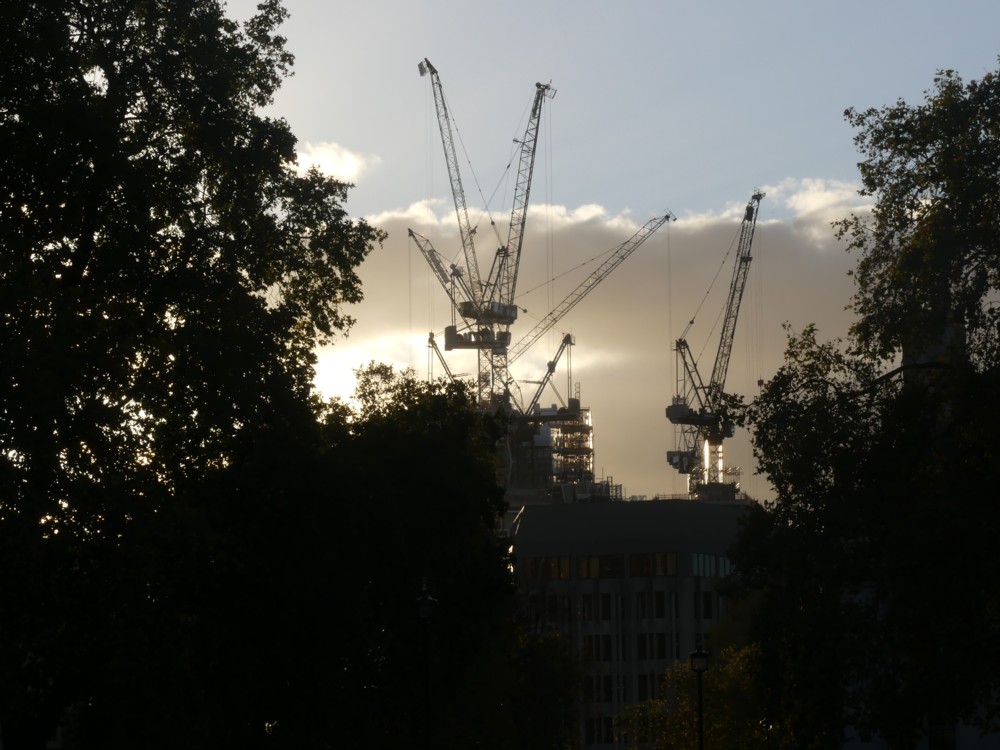There were statues to be seen nearby, but there were bigger things, Big Things, further away, on the other side of the River:
Photo 1 uses the clutter associated with getting on and off of a boat to frame the Wheel. All the rest are entirely of more distant stuff.
I like the colours, warm cream when the sun hits stone or concrete, dark glass, the perfect blue of the sky. My camera makes the dark glass, of such buildings as One Blackfriars (aka the Boomerang), all the darker by not wanting bright sunlight directly reflected to look too bright.
And once again with the shadow of the Wheel (for once London “Eye” works very nicely) on the Shell Building, but this time with the shadow seeming to be the wrong way round, as seen most clearly in photo 6 and also in photo 7. It is of course the shadow of the opposite side of the Wheel.
And in the further distance, in gaps, the Shard (photo 9), and a rather handsome view of 22 Bishopsgate (photo 5) looking like a more coherent shape than I am used to seeing, a bit like a ship, front on. Move along a bit, and we then see the Cheesegrater as well (photo 8).
These strange alignments all take a bit of getting used to when you first see them. This is because, like so many rivers in the middle of great cities, this river twists and turns, that being a big reason why the city got built here in the first place. By twiddling this way and that, the river brings valuable riverside spots closer to each other, and stirs up a lot more commerce than a straight river would. (See also: Paris.) But these kinks play hell with your sense of direction, or with mine anyway. I was on the north bank of the river, but, although I was looking straight across the river, I was nevertheless looking due east, rather than south. And back across another kink in the river again when seeing 22 Bishopsgate and the Cheesegrater, which are both part of the City Big Thing Cluster, which is on the north side of the river.
It is all part of London’s charm, and the charm of its Big Things. When out-and-abouting in London you can never be quite sure which Big Thing you’ll see next, through some gap in the foreground, or from what direction you’ll see it.
There are cranes to be seen, but very few.

